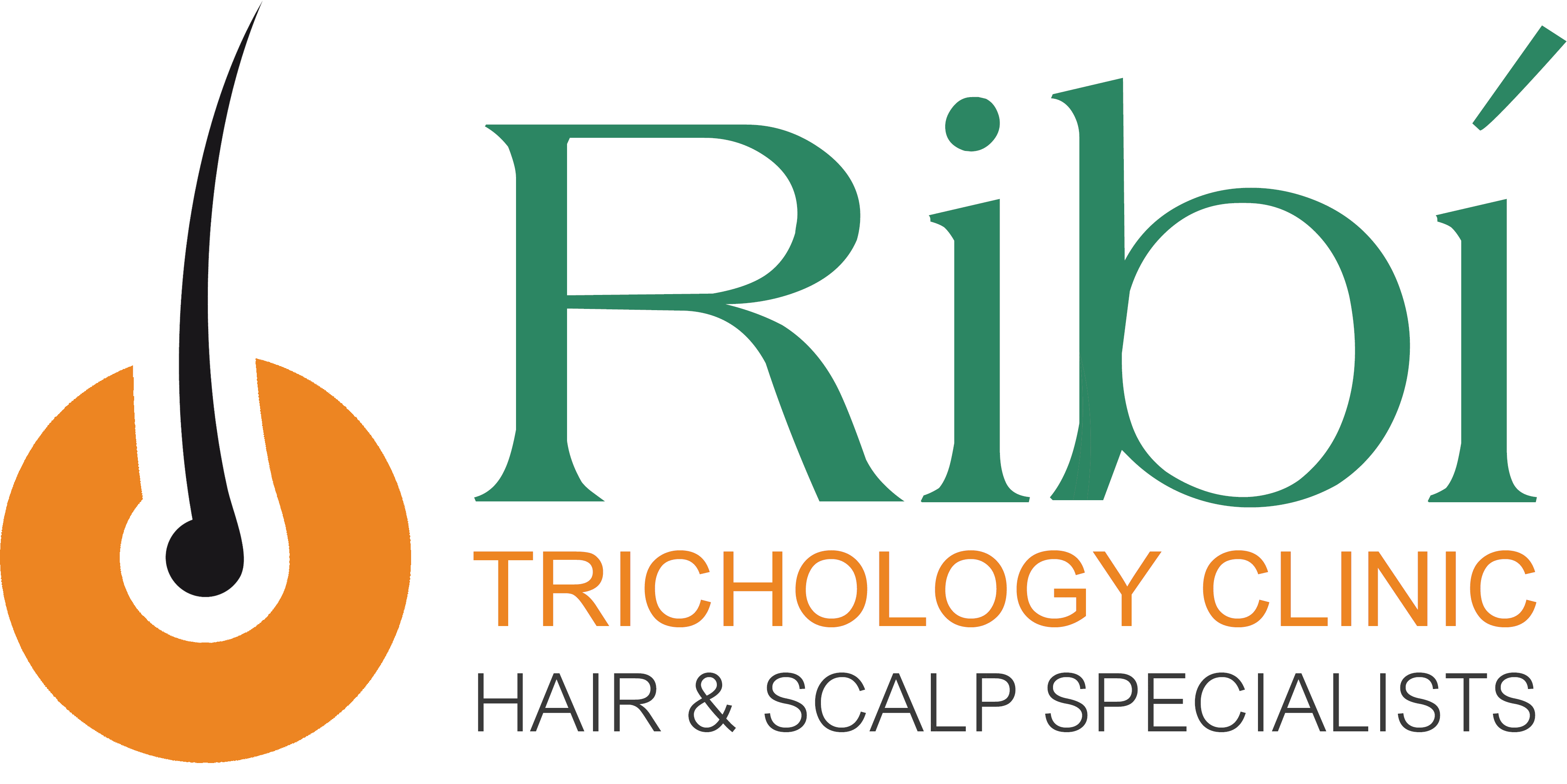Support for Cancer Patients
Pre and post cancer support service (hair and scalp care)
Hair loss is a common side effect of chemotherapy. Not all chemotherapy medications cause hair loss and sometimes the hair becomes thin and brittle rather than falling out.
If hair loss does occur, it usually begins within a few weeks of starting treatment.
Hair loss can happen anywhere on the body including:
- head
- arms
- legs
- face
- armpits
- pubic region
People who have never experienced chemotherapy-related hair loss can underestimate how traumatic it is, particularly for women.
If you find your hair loss particularly hard to cope with, talk to our team. We understand how distressing it can be and we will be able to give you support and advice.
You may decide that you want to wear a wig. So contacting us ahead of time prior to starting treatment will reduce the stress and anxiety of seeing the hair fall out since we will help you have a smooth transition.
It is important to remember that hair loss with chemotherapy treatment is always temporary and your hair will begin to grow back soon after your treatment has finished.
Radiotherapy
Localized radiotherapy can cause hair loss in the treated area. In breast cancer this includes the armpits. When the head is treated with radiotherapy, particularly in the treatment of brain tumours, hair follicles in direct contact are permanently destroyed. In many cases hair transplantation can be successful, but, as with other forms of cosmetic surgery, it’s essential that you are referred to the best specialists.
After Chemotherapy
In 99% of cases, hair does grow back after chemotherapy, but you may find your hair grows back differently. Your hair might change its color, shape and/or texture. It could also initially grow back fine and fluffy. The latter is only a temporary change though, and your follicles will eventually produce mature hairs. Therefore having the wig will give the patient enough time for the hair to grow and get it strength back.
As soon as your hair has grown back, and is strong enough, you can start using conditioners and styling products as usual. Having your hair styled by a professional who knows you and understands your situation can also be very helpful and reassuring. That is why the team at Ribí have a dedicated service for affected patients. However, great care should be taken when styling initally to avoid pulling out and breaking new, fluffy hairs – this is especially true with massage. Hair colouring can also be continued, but a skin patch test must be done initially, regardless of applications before chemotherapy. This is particularly important with permanent hair dyes.
You can also begin to normal salon services once the hair has grown. Whilst some salon services don’t cause allergies, a strand test must still be done on the first occasion after treatment. Even though it’s still your hair, the new hair may react differently than it did before.
Coping with hair loss
Individuals undergoing chemotherapy sometimes prefer to completely shave their heads before their treatments to gain a sense of control. It’s often less distressing to do this as hair fall is not as obvious and isn’t actively seen. We generally advise those with long hair to adopt a shorter style. Hair loss is less visible and emotionally it may be easier. Other ways to help cope with hair loss and to boost morale are to wear scarves, hats or hairpieces and wigs.
Modern wigs can look very natural and there are a wide range of different colors and textures to choose from. Wearing wigs won’t inhibit hair growth, but we advise you leave them off whenever possible to let your scalp breathe. Your scalp tissue still contains oil and sweat glands, so even if you lose your hair or shave it off, daily shampooing is best.
Why chemotherapy causes hair loss
Chemotherapy describes any treatment where ‘chemical’ agents are given intravenously. With cancer, the chemicals given during chemotherapy are used to destroy cancer cells, but these drugs can also have a toxic effect on other parts of your body and very often disrupt the natural hair growth cycle.
Chemotherapy can cause your hair to bypass the normal shedding (telogen) phase, and come out excessively in the hairs’ growing (anagen) phase. This is called anagen effluvium and usually occurs within 4-6 weeks of starting treatment. However, some chemotherapy never causes hair loss.
Code of Conduct / Work Ethics
- Ribí Trichology Clinic’s ultimate goal is to work with individual patients and to provide the best solution in managing any hair and scalp condition regardless of its severity.
- Beyond offering hair loss and scalp solutions to patients, Ribí Clinic is committed to the continous improvement of its treatments, ongoing research and development which will lead to the combating of hairloss.
- For the protection of our patients, we follow the strict code of conduct of the Institute of Trichologists. The Institute of Trichologists publishes a Code of Professional Practice and Ethics by which all practicing trichologists who are registered members of the Institute are expected to abide by.

